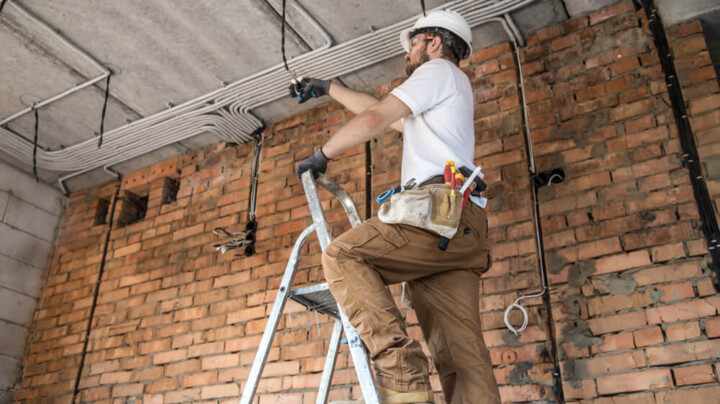


Workplace stress is nothing new, but in today’s fast-paced, high-pressure working environments, it’s becoming a critical issue that affects far more than employee wellbeing. Left unaddressed, stress can undermine safety, reduce productivity, and increase the risk of costly incidents or high staff turnover.
Whether your teams work on-site, on the tools, or behind a desk, the signs of stress should never be ignored. Not only is it a legal obligation under the Health and Safety at Work Act to manage workplace risks, including those to mental health, but it’s also a fundamental part of building a safe, resilient, and high-performing workforce.
So, how exactly does stress impact safety and productivity? And what can your business do to protect your people while improving operational outcomes?
Let’s break it down.
The Health and Safety Executive (HSE) defines workplace stress as “the adverse reaction people have to excessive pressures or other types of demand placed on them at work.”
Stress becomes a problem when employees feel overwhelmed, unsupported, or unable to cope with the demands of their role. And it doesn’t always come from the workload itself, it can also stem from:
When stress becomes long-term, it can lead to anxiety, depression, burnout, and even physical health problems such as high blood pressure, sleep disorders, and fatigue. The consequences don’t just stop at the individual level, they ripple throughout your workforce.
Stress and safety are closely connected, especially in industries where physical hazards are present. Construction, manufacturing, logistics, and field services all involve high-risk work that demands focus, clear decision-making, and alertness.
But when a worker is stressed, their ability to:
For example:
According to HSE, 17.1 million working days were lost due to work-related stress, depression or anxiety in 2022/23 alone. That’s not just a mental health crisis, it’s a safety issue with real operational costs.
While many employers worry about downtime, deadlines, and output, stress is one of the silent productivity killers in the workplace. It leads to:
According to Deloitte, poor mental health costs UK employers up to £56 billion per year, with productivity loss making up a significant portion.
The bottom line? When your workforce is stressed, your business suffers. Taking action isn’t just the right thing to do, it’s a commercial imperative.
Leaders, managers, and safety officers should be trained to spot early signs of stress in their teams. While it’s not always visible, common indicators include:
It’s also important to regularly review risk assessments, incident reports, and feedback surveys to identify any underlying stressors that might be building across the business.
At SafeWorkforce, we believe every worker deserves to feel safe, supported, and set up for success. Managing stress isn’t about offering surface-level fixes, it’s about embedding the right structures, training, and culture to protect both people and performance.
Here’s how to take a proactive approach:
Stress should be treated with the same urgency and structure as physical hazards. That means:
Our expert in-house health and safety consultants at SafeWorkforce can support with documentation, training, and culture change strategies.
Stress management, mental health awareness, and resilience training should be available to everyone, from senior leaders to site teams. Digital learning can make this easier, especially for dispersed or shift-based workforces.
With SafeWorkforce, you can access tailored workplace health and safety training modules to upskill your team in recognising, managing, and supporting mental health concerns.
Sometimes the best support is simple, everyday structure. For example:
SafeWorkforce helps you streamline internal communication, log and track wellbeing issues, and create safer working practices with fewer unknowns.
Surveys, incident logs, and absence data can all reveal patterns that signal stress. For example, a team with high absence during peak seasons may be struggling with seasonal pressure.
SafeWorkforce’s consultancy and health and safety software solutions help you pull together workforce data, spot risks early, and plan preventative measures before stress becomes burnout.
Workplace stress may not always be visible, but its impact is. By acknowledging the links between stress, safety, and productivity, businesses can take meaningful steps to protect their people and build stronger, more sustainable operations.
At SafeWorkforce, we provide health and safety services to support businesses across the UK to improve workplace wellbeing, reduce risk, and build resilient teams, through expert consultancy, compliance support, and practical training.